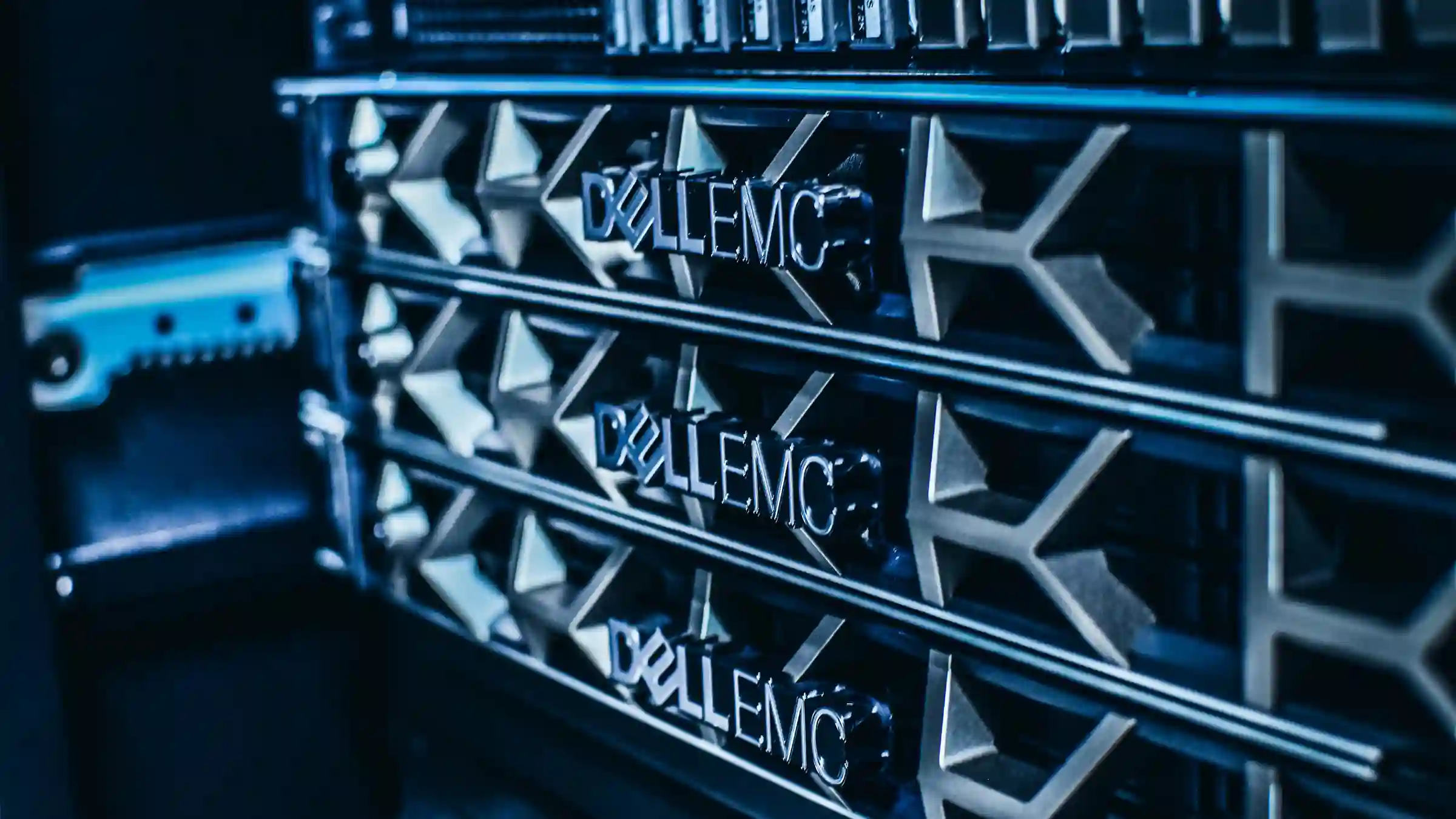WHY SECONDHAND IS NO LONGER SECOND BEST

The market for used IT equipment has seen significant growth in recent years, but there are still reservations about buying refurbished equipment instead of new, especially when it comes to technology. The primary concerns are cost, performance, and availability. Interestingly, these same concerns that deter some from purchasing second-hand equipment are also the leading factors that drive businesses to choose refurbished items.
Despite the common perception that cost, performance, and availability are drawbacks of the refurbished technology industry, we aim to change that perception and show the advantages of choosing second-hand equipment. Refurbished IT hardware often provides a cost-effective and readily available option without sacrificing performance.
SECONDHAND IS MORE AFFORDABLE THAN NEW
A common belief in the IT industry and other sectors is that high price equals high quality. This belief can be seen in products such as clothing, cars, and phones. However, this view does not take into account the value retention of these goods. Quality products are made to last and purchasing used, high-quality IT equipment can provide a reliable and high-performing option, even though they are older than new devices.
The idea that refurbished equipment can be a cost-effective option while still maintaining quality goes against the traditional belief that high cost equals high quality. As a result, many people believe that purchasing used equipment means sacrificing the quality found in more expensive equipment.
IT equipment tends to decrease in price as soon as it becomes available, as newer models replace older ones. However, the performance of the older equipment does not decrease as it ages. Quality technology goods retain their performance for extended periods of time, so the drop in cost does not result in a loss of performance. This means that purchasing used equipment at a lower cost does not compromise the performance of your IT system.
REFURBISHED PERFORMS AS WELL AS NEW
One of the main concerns about purchasing refurbished equipment is its performance. It is commonly thought that refurbished IT equipment cannot match the performance of new devices due to its age and advancements in technology.
In 2019, Ref Group conducted a two-year research study with the University of East London to investigate the slowdown of Moore’s Law and compare the performance of new equipment with that of refurbished hardware. The research found that refurbished technology performs just as well as new equipment in all cases and can even outperform new hardware with the right component upgrades and configuration. The full IEEE peer-reviewed paper can be accessed here.
This study emphasizes the capabilities of used technology through thorough research and testing, which showed that refurbished IT hardware performs equally well or even better than new devices with the appropriate component upgrades. Therefore, the concerns about performance and the belief that cheaper means lower quality equipment are unfounded. The full research paper can be read here.
THE SECONDHAND MARKET IS READILY AVAILABLE
Another common assumption about new IT equipment is that it is more readily available than older technology, as one needs to wait for devices to be restocked. However, recent years have disproved this notion. Chip shortages caused by the pandemic and beyond have greatly impacted the manufacturing abilities of many companies, even leading to the shutdown of car production lines.
In contrast, refurbished products rely on locally available stock, making the second-hand market relatively unaffected by global shortages. Refurbished technology stock does not require many of the chips and resources that are shipped worldwide, making it readily available when new equipment could not be found. As a result, the delivery time for used technology can be faster than waiting for new hardware to be produced and restocked.
THE SUSTAINABILITY BENEFITS OF REFURBISHED IT HARDWARE
Choosing refurbished IT equipment not only offers cost-effectiveness, availability, and high performance, but also promotes sustainability. The rapidly increasing amount of electronic waste, projected to reach 120 million tons by 2050, according to the United Nations University, results in a significant loss of valuable raw materials and usable devices. By opting for refurbished technology, you decrease the demand for critical raw materials and decrease the likelihood of valuable equipment ending up in landfills.
Refurbished IT equipment not only saves money and ensures availability, but it also helps the environment. According to the American Association for the Advancement of Science, producing a single computer and monitor requires a significant amount of fossil fuels, chemicals, and water. By opting for refurbished technology, we reduce the need for new production, thereby reducing the negative impact on the environment and contributing to a more sustainable IT industry.
